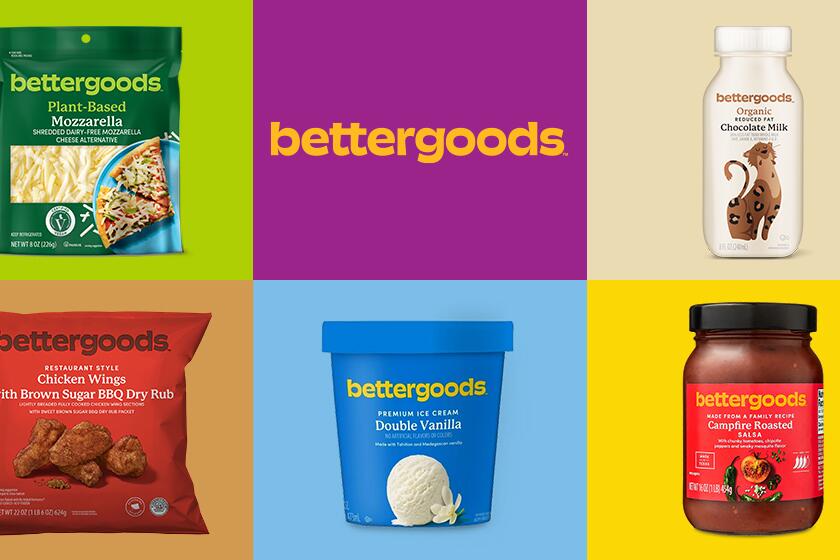Good and cheap
It doesn’t surprise some researchers that double cheeseburgers at Wendy’s, McDonald’s and many other fast food restaurants cost only $1 or so each; a study published in the May issue of the Journal of the American Dietetic Assn., by faculty at the University of Chicago, found that more nutritious diets also tend to be more expensive.
“The challenge to people anxious to find filling food that doesn’t cost much is to help them find healthy alternatives that cost just as little,” says Dr. David Heber, director of UCLA’S Center for Human Nutrition. A filling meal that’s also lower in calories and fat is a tall order, but some calculators and websites can help you choose options good for your waist, heart and wallet.
Sustainable Table
www.sustainabletable.org
Local produce tends to be less expensive than options flown in from far away. This site lets you key in your state and time of year to find a list of products grown locally.
U.S. Department of Agriculture
www.usda.gov
The USDA has a valuable twist on its recipe site -- cost per serving and recipe, regularly updated. Find recipes by keying in a desired dish, or an ingredient you have or have seen on sale. A recent search for a healthful soup option found vegetable curry soup, loaded with calcium and only 6 cents per serving. (The site has nutrition information as well, such as nutrients and calorie counts per serving.)
National Dairy Council
www.whymilk.com
This site may urge you to buy a lot of milk, but can also help you stick to a budget at the grocery store. For the best nutrition choices, though, substitute some higher fat items, such as cheese and ground beef, with lower fat ones, such as beans and tuna packed in water. And Heber recommends buying frozen produce if fresh is too expensive or unavailable. “The frozen options are as healthy or healthier as fresh,” he says, “since they’re typically flash frozen at the peak of freshness.”
--
More to Read
Eat your way across L.A.
Get our weekly Tasting Notes newsletter for reviews, news and more.
You may occasionally receive promotional content from the Los Angeles Times.






